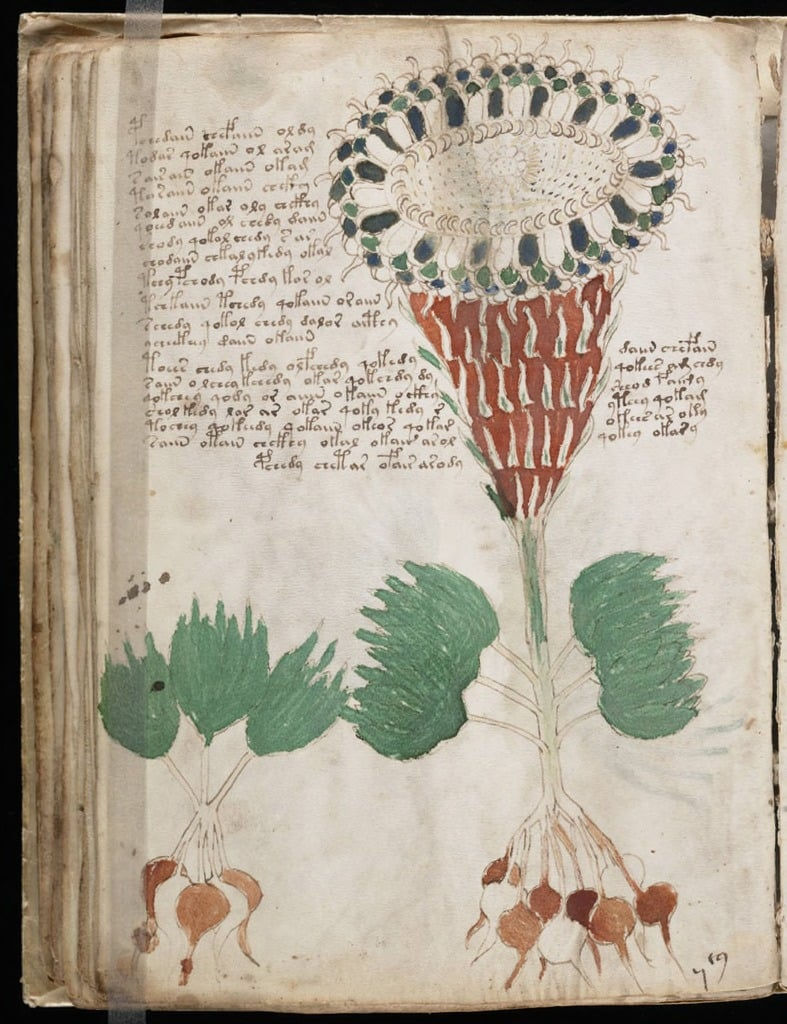Sandy Irvine: The Lost Hero of Everest’s Greatest Mystery
- Windfarer

- Aug 14
- 3 min read
Updated: Aug 18

Sandy Irvine, the young climber whose legacy endures on Everest.
Sandy Irvine: The Lost Hero of Everest’s Greatest Mystery
By Windfarer, August 13, 2025
PrologueIn 1924, Andrew “Sandy” Irvine, a young British mountaineer, vanished into the icy mists of Mount Everest alongside George Mallory, leaving behind one of mountaineering’s greatest enigmas. Their bold attempt to conquer the world’s highest peak, decades before Edmund Hillary and Tenzing Norgay’s 1953 ascent, has sparked endless debate: Did they reach the summit first? Irvine’s engineering brilliance and fearless spirit made him a cornerstone of the expedition, yet their fate remains a haunting puzzle. This article delves into Irvine’s life, the 1924 climb, key clues like the ice axe and recent remains discovery, and the tantalizing possibility that they triumphed before tragedy struck.

The Young Engineer’s Ascent
Born in 1902 in Cheshire, England, Sandy Irvine was a gifted athlete and Oxford engineering student. His skills in rowing and climbing earned him a spot on the 1924 Everest expedition, led by the seasoned George Mallory. Irvine’s technical ingenuity shone through as he redesigned oxygen apparatus, crafting lighter, more reliable tanks to combat the thin air at extreme altitudes (Royal Geographical Society, 1924). Expedition records praise his cheerful resilience, a perfect complement to Mallory’s experience. Their partnership, forged in the crucible of Everest’s treacherous slopes, blended youthful innovation with veteran determination, setting the stage for a historic climb that would echo through time.

The 1924 Everest expedition team.
The 1924 Climb and the Ice Axe Clue
On June 8, 1924, Mallory and Irvine launched their summit bid from a high camp on Everest’s North Face. Teammate Noel Odell last saw them at 12:50 p.m., climbing near the Second Step, a daunting rock barrier, before clouds swallowed their figures. A critical clue emerged in 1933 when Percy Wyn-Harris found an ice axe at 27,760 feet, just below the First Step, marked with three notches—Irvine’s signature on his gear (PBS NOVA, 2000). The axe, weathered but intact, suggests a fall during descent, possibly after a summit success. Irvine’s oxygen innovations gave them an edge, but the mountain’s brutal winds and icy terrain posed relentless dangers. Did they conquer Everest’s peak before tragedy struck?

The perilous North Face, where Irvine and Mallory vanished.

Did They Reach the Summit?
A plausible scenario for summiting sees Mallory and Irvine leveraging Irvine’s optimized oxygen system to climb the Second Step by mid-morning. With clear weather and Mallory’s route-finding expertise, they could have navigated the final pyramid via the Norton Couloir, reaching the summit around noon on June 8. Planting a flag, they began their descent, only to slip on icy slopes near the First Step, where Irvine’s ice axe was later found (UKClimbing, 2023). This paints a picture of triumph cut short by exhaustion or a misstep. However, skeptics argue the 12:50 p.m. sighting by Odell was too late for a safe ascent, with limited oxygen (estimated at 4–6 hours) and nightfall risks likely forcing a retreat (Medium, 2024). Mallory’s body, found in 1999 below the summit, and the missing camera bolster this doubt. Yet, the ice axe’s high altitude and recent findings tilt the narrative toward success.
AI generated scene where Mallory and Irvine reach the summit.
A Breakthrough on the Glacier
In October 2024, a National Geographic and Royal Geographical Society team discovered a boot and foot on the Central Rongbuk Glacier, identified as Irvine’s by a name-tagged sock, likely exposed by glacial melt (National Geographic, 2024). This find, near where the ice axe was located, suggests Irvine’s body may lie close, potentially with the camera that could prove a summit. Drones and DNA analysis are now aiding the search, reigniting hope for answers. The discovery amplifies Irvine’s legacy, keeping the 1924 expedition alive as a testament to human daring and the mountain’s enduring secrets.
Conclusion
Sandy Irvine’s story weaves courage, ingenuity, and mystery into the fabric of Everest’s lore. His engineering feats and bold climb with George Mallory in 1924 left an indelible mark, with the ice axe and recent remains discovery fueling belief in their summit triumph. Though skeptics point to timing and missing evidence, the high-altitude clues and Irvine’s vital oxygen innovations suggest they stood atop the world before a tragic fall. Everest still guards their secrets, but Irvine’s legacy inspires adventurers to dream big. Share your thoughts on their journey in the comments below, and join us in unraveling one of mountaineering’s greatest enigmas!Image: A starry night over Mount Everest’s silhouette.Caption: “Everest’s summit, where Irvine’s fate remains a haunting mystery.”

Mount Everest at sunset.
Further Reading
National Geographic: "Remains of Sandy Irvine believed found on Everest after 100 years" (https://www.nationalgeographic.com/adventure/article/sandy-irvine-body-found-everest
Archaeology Magazine: Remains of Everest explorer Sandy Irvine discovered 100 years later
YouTube: Finding Sandy Irvine on Mount Everest: The Plan No One's Tried
Reddit (Damnthatsinteresting): "The remains of Andrew 'Sandy' Irvine are believed to have been found




Comments